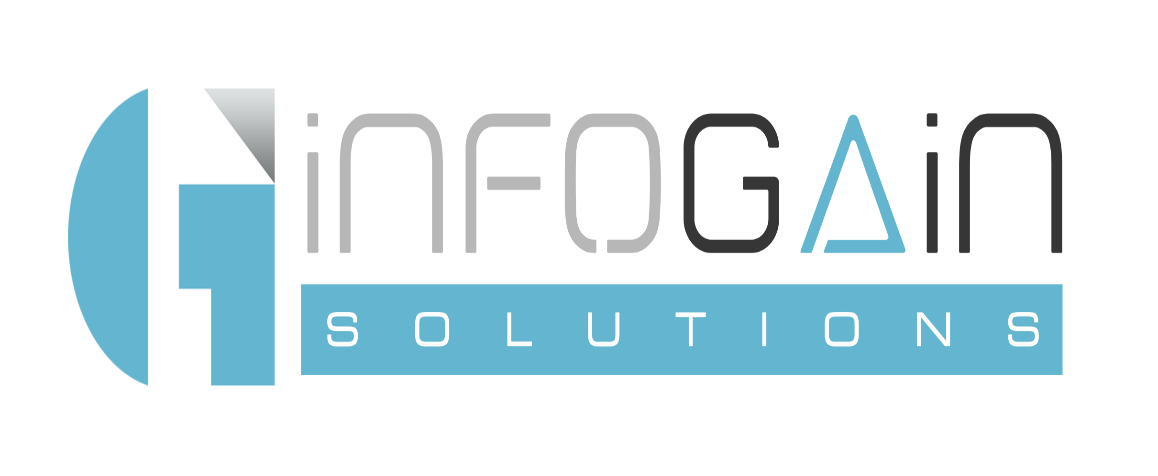Job Summary:
The Construction Site Supervisor is responsible for overseeing all on-site activities, ensuring construction projects are completed safely, on time, within budget, and according to design specifications. They coordinate with various stakeholders, including subcontractors, suppliers, and site workers, to maintain smooth operations while adhering to safety and quality standards.
Key Responsibilities:
Project Management:
Oversee day-to-day site operations and ensure adherence to project timelines and budgets.
Coordinate with project managers, architects, engineers, and subcontractors.
Prepare and submit daily, …
A Site Supervisor is responsible for overseeing construction or industrial projects on-site, ensuring that work is completed safely, on time, and in accordance with plans and regulations. Their role involves both managing workers and coordinating various activities. Below are the main responsibilities of a Site Supervisor:
1. Project Supervision and Coordination
Monitor daily operations: Oversee the work of contractors, laborers, and other workers to ensure that tasks are performed efficiently and according to the project plan.
Ensure project timelines: Ensure work progresses as per the agreed schedule, making adjustments if delays or obstacles arise.
Coordinate with project managers and other stakeholders: Keep open lines of communication with the project manager, clients, and engineers to address issues and ensure the project stays on track.
2. Safety and Compliance
Ensure adherence to safet:y protocols: Implement and enforce safety standards to prevent accidents and injuries on the job site. This includes conducting regular safety briefings and inspections.
Compliance with regulations: Make sure all work is in compliance with local building codes, zoning laws, and other legal requirements.
Risk assessments: Conduct risk assessments and identify hazards on-site to develop mitigation strategies.
3. Quality Control
Inspect workmanship: Regularly inspect work to ensure it meets the quality standards set by the project and regulatory requirements.
Resolve quality issues: Address any issues related to poor workmanship or materials that do not meet specifications.
4. Material and Equipment Management
Track materials and supplies: Ensure the availability of required materials and tools, and manage inventory to avoid shortages or delays.
Monitor equipment usage: Ensure that construction equipment is properly maintained and used according to safety guidelines.
5. Workforce Management
Supervise workers: Lead, train, and mentor site workers. Ensure that all workers are performing their tasks efficiently and safely.
Resolve conflicts: Address interpersonal conflicts or performance issues among workers.
Manage work schedules: Ensure proper staffing and allocate workers to tasks based on their skills and the project’s needs.
6. Documentation and Reporting
Maintain records: Keep accurate records of work completed, materials used, and incidents (e.g., accidents or delays).
Daily reports: Prepare and submit daily reports on site activities, progress, and any issues encountered.
7. Problem-Solving and Troubleshooting
Address issues: Quickly resolve problems that arise on-site, whether they relate to the work itself, delays, labor issues, or equipment failures.
Communicate changes: Inform the project manager and other relevant parties about any changes to the project or issues requiring attention.
8. Budget and Cost Management
Control costs: Monitor project expenses to ensure they stay within budget. Report any discrepancies or unexpected costs to management.
Efficient use of resources: Ensure that labor, equipment, and materials are used efficiently to prevent wastage.
9. Client Interaction
Client updates: Regularly update clients on the project’s progress and address any concerns or requests.
Attend meetings: Participate in meetings with the client or other project stakeholders to discuss project updates, changes, and any challenges.
10. Environmental Considerations
Environmental compliance: Ensure that the construction site adheres to environmental guidelines, such as waste disposal and pollution control.
Sustainable practices: Promote the use of sustainable building practices when possible.
Key Skills and Qualities
Leadership and management: The ability to lead and manage a diverse team of workers.
Problem-solving: Ability to address issues quickly and effectively.
Attention to detail: Ensure high standards of work and safety.
Communication: Strong verbal and written communication skills to report on progress and interact with various stakeholders.
Technical knowledge: Knowledge of construction processes, equipment, materials, and safety standards.
Qualifications and Experience
Typically, a Site Supervisor should have:
A background in construction, engineering, or a related field.
Previous experience in a supervisory role, preferably in construction or similar industries.
Familiarity with safety regulations and construction codes.
























